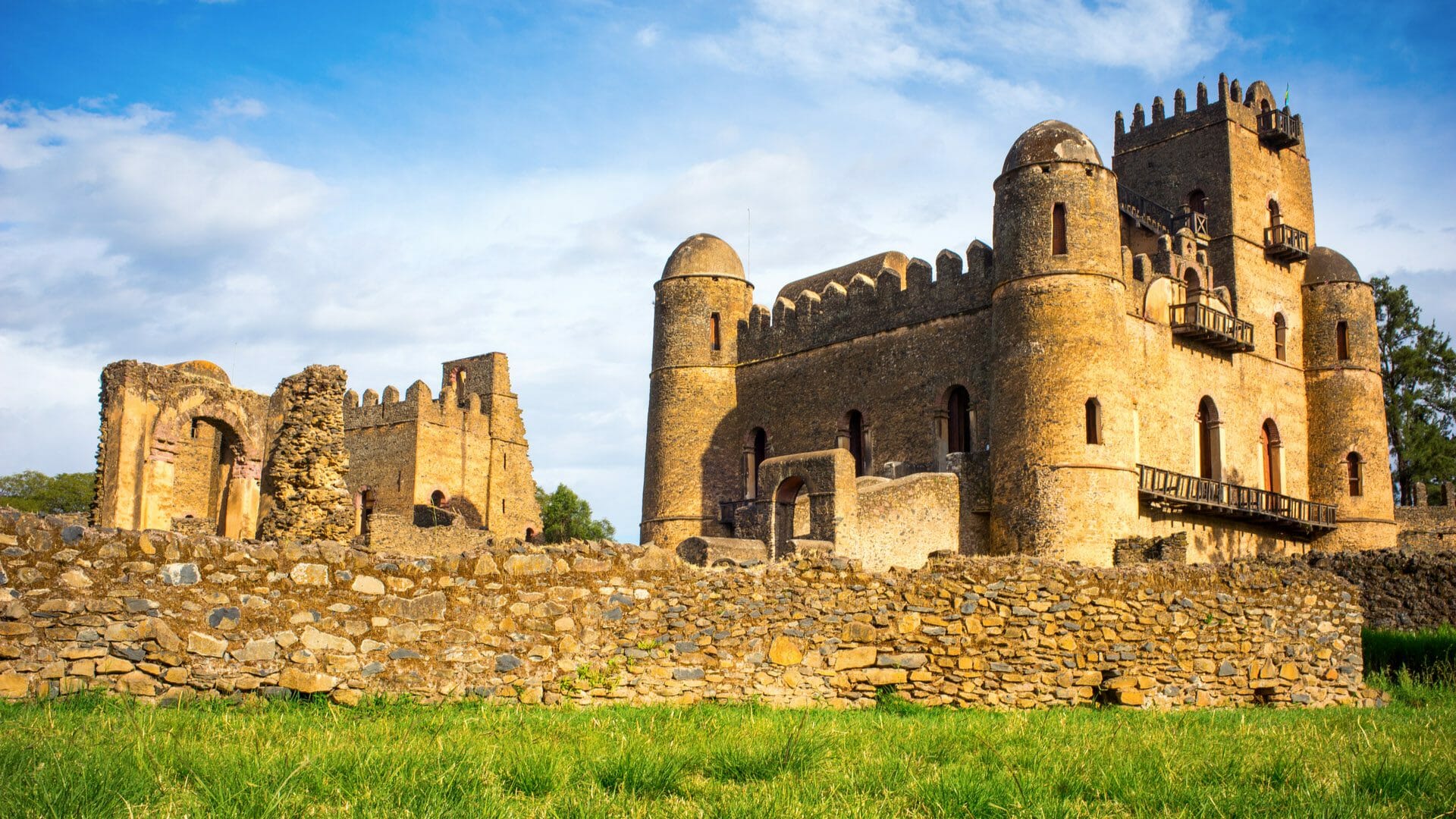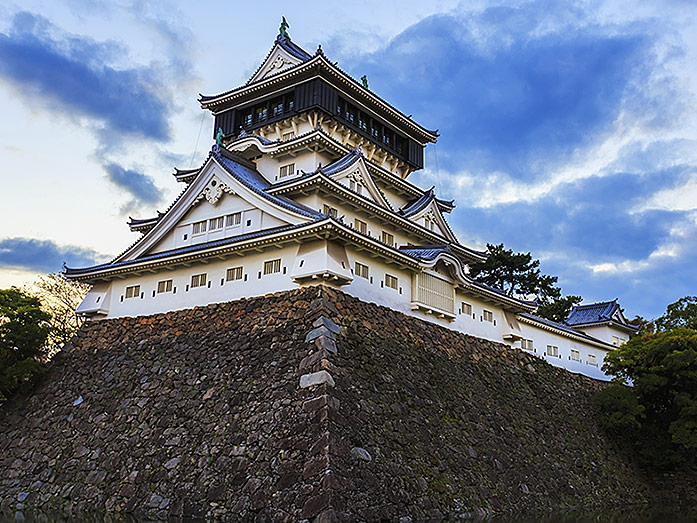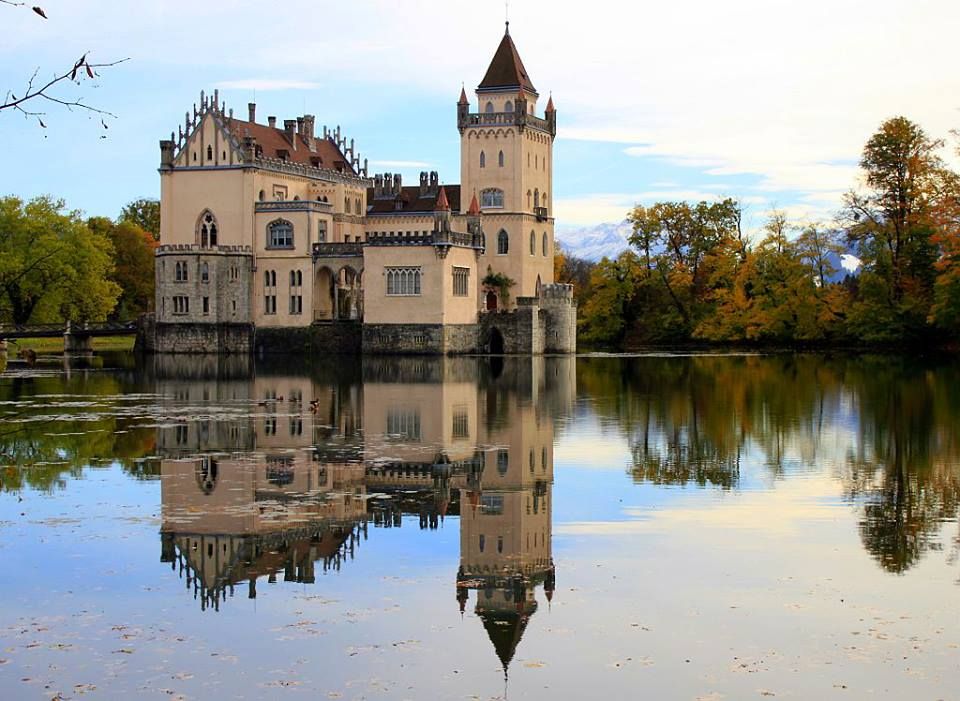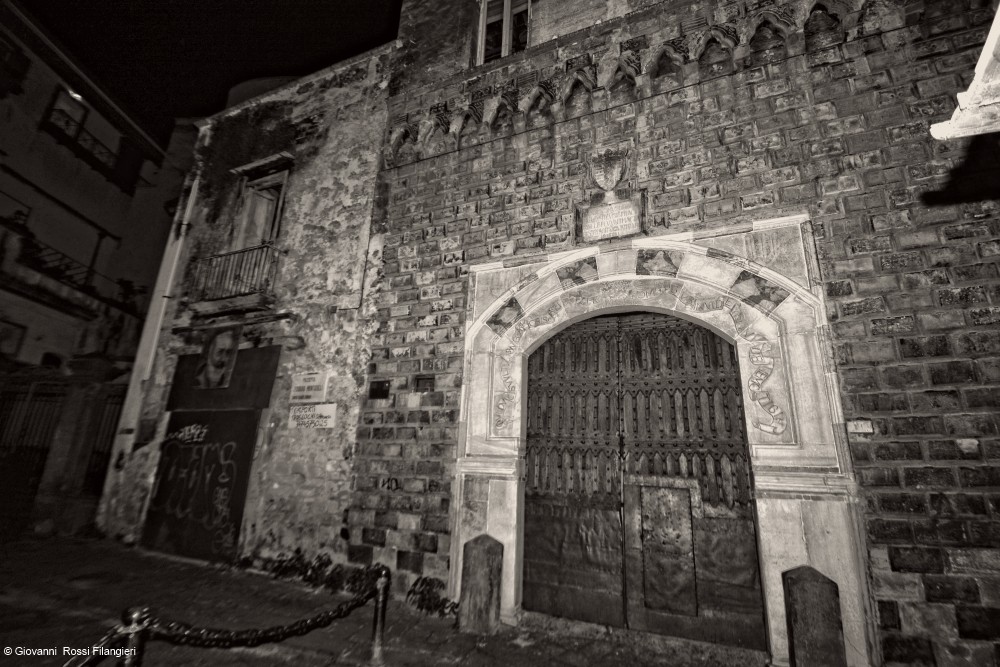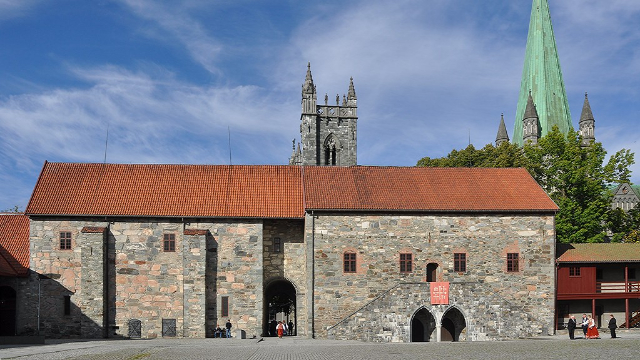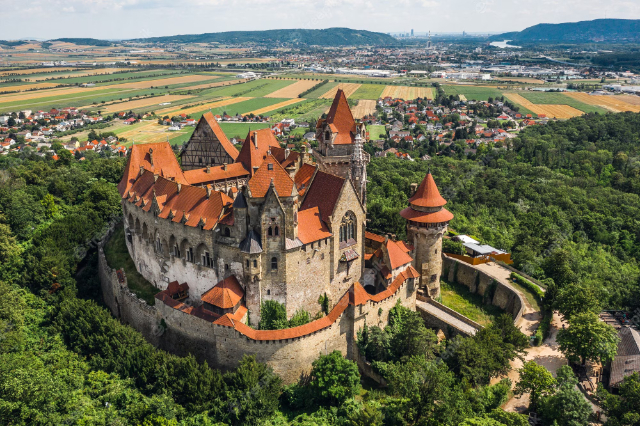The fortress was founded by a representative of the Solomonic Dynasty – Negus (Emperor) Fasilidas in 1636. Negus Fasilidas was an important figure in the history if his country, because he was the first emperor who founded the permanent Ethiopian capital. Until then, the Ethiopian rulers practiced wander from place to place, a nomadic life in tents together with their subjects during the course of many centuries. The fortress city of Gondar Fasil Ghebbi its territory was the Ethiopian capital to nearly 1855. In this period the castle complex has grown to enormous size, because after all, according to tradition, the Ethiopian monarch should not have been He lived in a palace of his predecessor, but has to build his residence.
There are many legends about the creation of Fasil Ghebbi. One of them say an archangel prophesied that the Ethiopian capital would be enjoying its heyday in a place with a name that begins with the letter "G".
Predecessors of Fasilidas tried to set the capital in the city of Guzara and Gorgora, but only in Gondar this prophecy was finally fulfilled. Another legend has it that the city was built in a place designated for Emperor Fasilidas by a buffalo, which led him to picturesque feet during a hunt. This is the place where there was a small settlement called Gondar at an altitude of over 2000 meters above sea level, surrounded by two mountain streams near Lake Tana. Gondar was destined to become the historical and cultural center of the country.
The construction of Fasil Ghebbi, which was enrapturing travelers of this period with his verve and majestic appearance, began in 1636. The castle complex included not only the homes of the sovereign, but also the temples, libraries, gardens, banquet hall, a complex of swimming pools, stables and other buildings. Fasil Ghebbi was protected by a round stone wall with 12 fenced with towers above them. The main castle Fasil Ghebbi – the Fasilidas building, completed in early 1640 resembled medieval European castles with its imposing towers and walls cranellated. In addition, his building had two floors, which was a novelty in the traditional architecture of Ethiopia.
Each subsequent ruler of Ethiopia has brought something new in the appearance of the castle complex, erecting palaces and temples, many of which have survived to this day. exceptional activity was shown by the grandson of Fasilidas – Emperor Iyasu I the Great, delighting with his wealth and piety. Unfortunately, his luxurious palace now in ruins, but it is characterized by a series of chronicles as the most elegant and sophisticated of the Solomonic palace. The interior of the building were decorated with ivory carvings, lots of mirrors and paintings; the ceiling of the Imperial capital was covered in gold leaf and precious stones.
Unfortunately, Iyasu could not enjoy his life to the fullest, as he went into depression, the business was abandoned when his beloved concubine died, and was eventually killed by his son, eager to sit on the throne. Several of Iyasu successors generations had met a tragic fate: one of them was poisoned or assassinated, while another was forcibly deposed. On top of that the castle complex has been affected by a powerful earthquake in 1704. Finally, during the reign Bakaffa in 1721, peace in Fasil Ghebbi has been reached again. The two new buildings have been left behind by him – one belonged to him and the other to his wife, the Empress Mentewab.
The successor Bakaffa, Iyasu II, was the last emperor of the Solomonic dynasty. During his reign, there was built a whole range of new buildings outside the castle. After his death, Axum Mikael-Şuhut became deputy of the city of Gondar. It reached a high position at the imperial court. He built a castle for himself, which is not far from the palace complex. His residence was not inferior to the apartments of his predecessors in terms of wealth. In 1770, Mikael-Şuhut was expelled from Gondar, which remained the capital of Ethiopia until 1855. However, the former greatness of Fasil Ghebbi was not wasted. For a century, none of the rulers of that period has left behind a most significant monument of architecture.
In the second half of the 19th century the castle complex was attacked and looted by Sudanese participating in the Mehdist war. Many of the later historic buildings suffered during the Italian occupation. During the Second World War, the historic buildings have been compared to British air raids and a long-term struggle for independence, conflicts with Somalia and Sudan after the war did not allow for the reconstruction of the castle complex. Fasil Ghebbi was listed on the UNESCO World Heritage Site in 1979, but the restoration work began in full swing at the end of the 20th century. works lasted over 10 years. Fasil Ghebbi was opened to the public in 2005 and is considered one of the most important attractions of Ethiopia.
